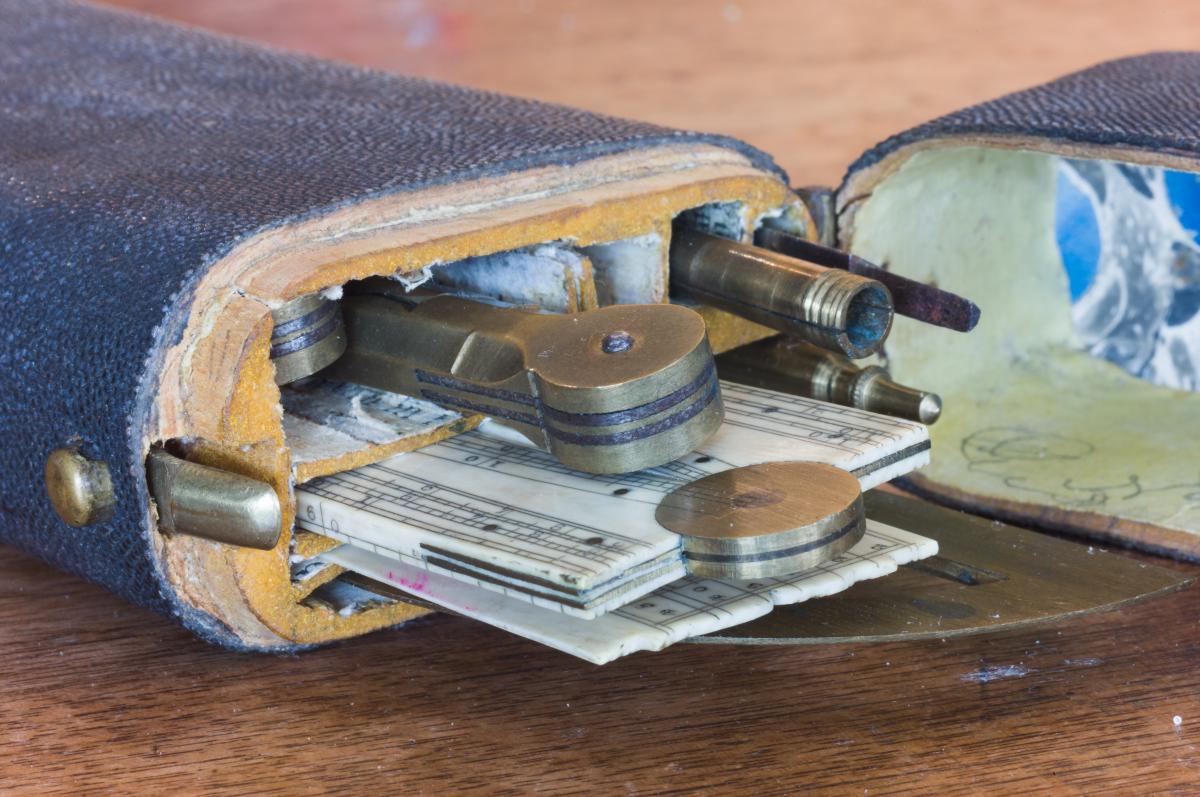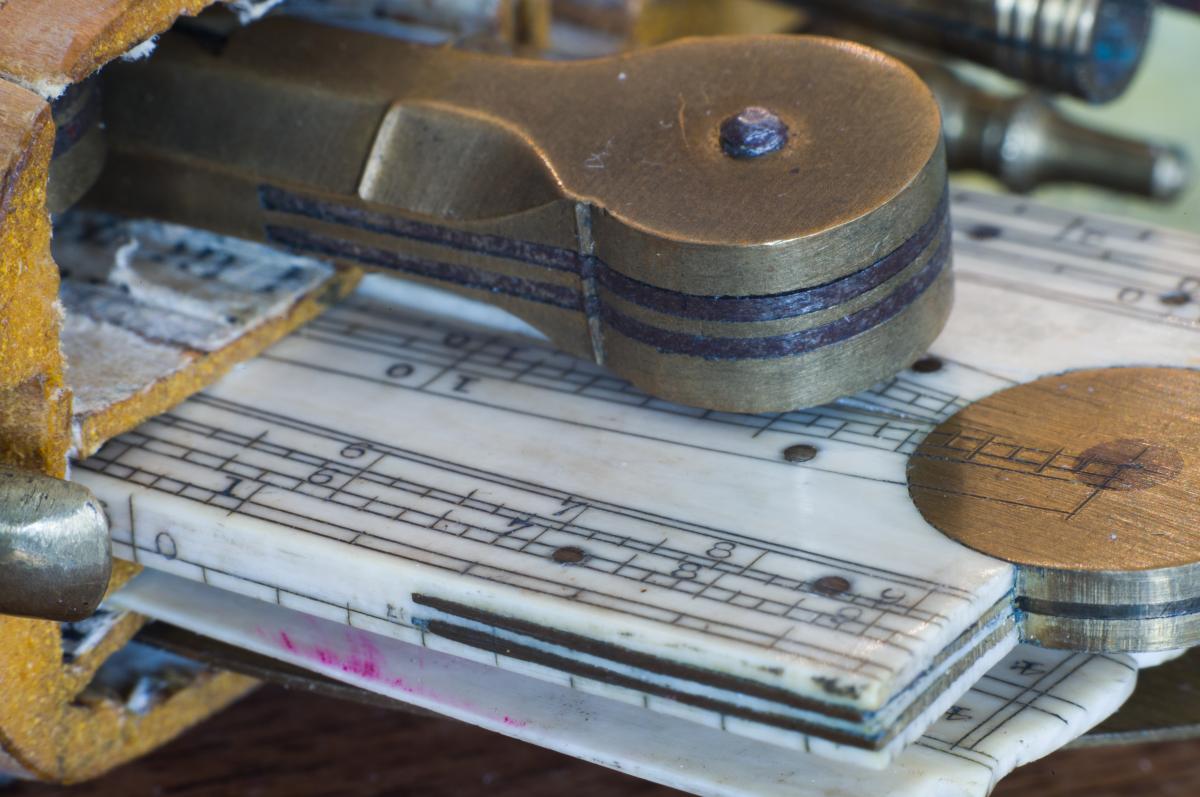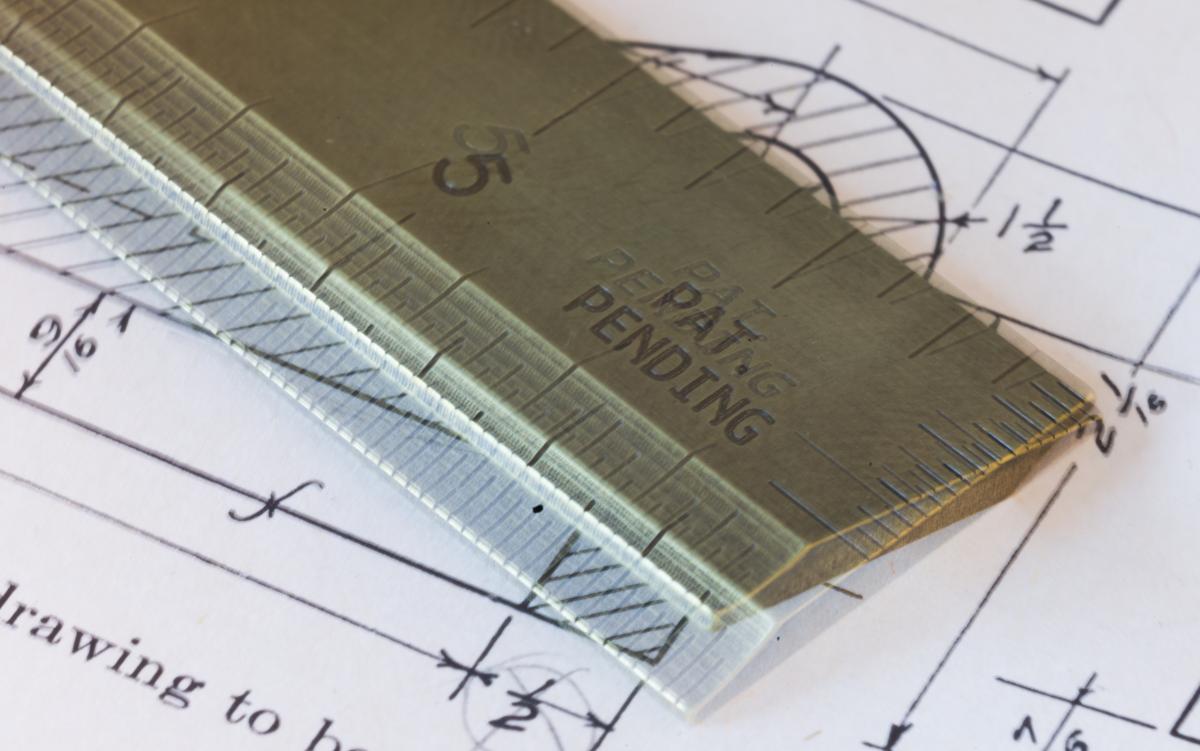|
|
08/07/2022 |

Download a high res version of the picture above.
Long before I was in the tool business, I was a photographer. After a long lapse, I decided to approach tool photography in the same way I used to do my personal work. For me, in order for a photo to be successful it has to have some emotional content to offer its audience. So I have started looking at tools in a photographic way - less about a picture for a catalog, conveying what the tool does and more about the "tooliness" of it all. Here are two pictures I shot this past week. I am still relearning how to approach a digital image, especially when it comes to post-processing. The blog has them in medium resolution, but I have included links to download pretty hi res versions if you like the picture. They might make a nice screen saver or something.
Response to these images has been great! If you have the urge for a larger print of any of the pictures in the photo blog series, the source material I have can be used to print even larger images - up to 36" - than the free download file size. Click here for available prints. Large prints of tools might go really well in an office or business settings. I certainly would find tools are more interesting to look at than yet another picture of a the New York skyline (not that it isn't lovely).
The first picture is of a late 18th century English portable drafting kit. The case is shagreen, the tanned skin of either a shark or stingray. Shagreen, like leather, comes in various levels of quality. I have seen awesome polished samples, though this isn't it. The shagreen was used to protect the case and the tools. The actual case is made recycled paper; you can see in the inside top cover some miscellaneous marks of the previous use. The tools themselves are all made of brass and steel, made with hand tools (mostly files and chisels). The ivory rules are made of carefully dried and cut elephant ivory (the whitest) and then hand-scribed with markings and numbers. The scribe marks were filled with blacking.
The brass dividers were filed from brass and steel. The decorative ridge in brass, just below the hinge, was hand done. You can see the scratches left by the files. At the time milling machines didn't exist, so the slots of the steel hinges would have been cut with a handsaw and filed to completion.

Download a high res version of the picture above.
In this second picture of the drafting set, you can really get a feel for the precision of the handwork needed to define both the mechanism and the decoration. And the uniformity of scribing the rules takes a lot of practice and skill.

Download a high res version of the drafting rule picture.
This last picture is of the new Gramercy Tools Drafting Rule and is trying to show how the ruler tilts up when you press the opposite edge. The effect was done in a single time lapse shot in camera - so I am pretty proud of it. If you actually are interested in what the rule does and can do for you, click on our entry for the Gramercy Tools Drafting Rule. For an interesting background, the rule itself is resting on an open copy of French's "Engineering Drawing," the best book on drafting ever written.
Over the next while, intermingled and hopefully in addition to (not instead of) my regular blog, will be posts of more pictures of what I would hope are interesting pictures of interesting tools, antique and otherwise. |
Join the conversation |
|
 Joel's Blog
Joel's Blog Built-It Blog
Built-It Blog Video Roundup
Video Roundup Classes & Events
Classes & Events Work Magazine
Work Magazine





I was drawn to photography in grade school, and went to RIT for my degree in that. While there, I discovered SAC and took every elective they offered. I used to joke that I double-majored there.
This was no surprise to anyone, as I had grown up in my grandfather’s tool-and-die-maker home shop, and inherited his tools and collected “junk” when he passed at the time I was 11. (He was easily his generation’s Adam Savage.)
I’ve gone from working as a commercial photographer to an art director to a web application developer; all without divesting myself of any of my previous careers’ tools and experience.
I like to think that these skills and interests feed each other, and cross-pollinate. I am rarely surprised anymore when I meet another fellow-traveler. You aren’t, by chance, also a musician?
Nice photos and nice web site!